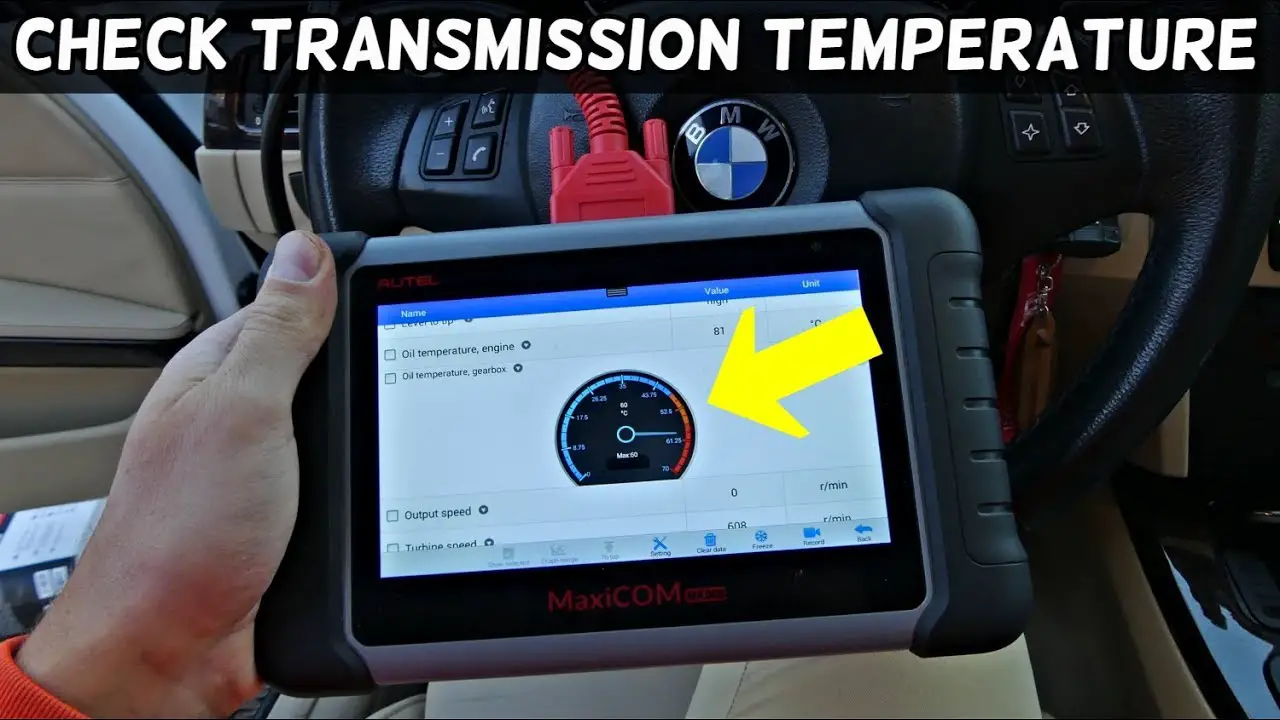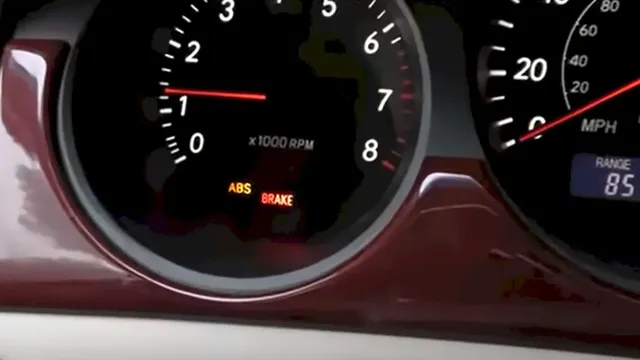How to Check Transmission Temperature: Quick Guide
Checking your transmission temperature is an essential aspect of maintaining your vehicle’s health. Knowing the transmission temperature can help prevent overheating and potential damage to the transmission system. In this guide, we will walk you through the process of checking your transmission temperature and understanding the significance of this task.
Why Check Transmission Temperature?
Measuring the transmission fluid temperature is crucial for ensuring that the transmission is operating within the optimal temperature range. High temperatures can lead to fluid degradation and ultimately result in transmission failure. Additionally, monitoring the transmission temperature is particularly important for vehicles that tow heavy loads or operate under strenuous conditions.

Credit: m.youtube.com
Methods for Checking Transmission Temperature
There are several methods to check the transmission temperature, each with its own level of accuracy and convenience:
- Using a Scan Tool: Many modern vehicles are equipped with onboard diagnostic (OBD) ports that allow access to real-time transmission data. Using a compatible scan tool, you can easily retrieve the transmission temperature reading.
- Installing a Transmission Temperature Gauge: For vehicles without built-in temperature gauges, installing an aftermarket transmission temperature gauge provides a direct and accurate measurement of the transmission fluid temperature.
- Using an Infrared Thermometer: An infrared thermometer can be used to measure the transmission temperature by pointing the device at the transmission housing or the transmission fluid lines.
Normal Transmission Temperature Range
It’s important to understand the normal operating temperature range for your vehicle’s transmission. While specific temperature ranges may vary depending on the vehicle make and model, a general guideline is to maintain the transmission fluid temperature between 175°F to 200°F during normal operation.
How to Measure Transmission Temperature
When measuring the transmission temperature, it’s essential to follow these steps for an accurate reading:
- Ensure the vehicle is parked on a level surface and the engine is running.
- Allow the transmission to reach normal operating temperature by driving the vehicle for a sufficient duration.
- Using the selected method (scan tool, gauge, or infrared thermometer), measure the transmission fluid temperature.
- Compare the obtained temperature reading with the normal operating range for your vehicle.
Common Questions about Transmission Temperature
Here are answers to some frequently asked questions about transmission temperature:
What is the significance of monitoring transmission temperature?
Monitoring the transmission temperature helps prevent overheating, fluid degradation, and potential transmission damage, ensuring optimal performance and longevity of the transmission system.
What is the cheapest method to measure transmission temperature?
Using an infrared thermometer is a cost-effective method to measure transmission temperature, providing a reasonably accurate reading without the need for specialized equipment.
How long does it take for the transmission fluid to reach operating temperature?
The time required for the transmission fluid to reach operating temperature varies depending on the vehicle and driving conditions. On average, it may take 10-20 minutes of driving for the transmission to reach normal operating temperature.

Credit: drspeedometer.com
Frequently Asked Questions
What Is A Normal Transmission Temperature?
The normal transmission temperature ranges between 175°F to 200°F during normal driving conditions. High-stress activities such as towing may cause temperatures to rise up to 230°F. Regularly monitoring the transmission temperature is crucial to prevent overheating and potential damage.
Is There A Transmission Temperature Gauge?
Yes, the transmission temperature gauge is a helpful tool for vehicles with automatic transmissions, especially for heavy-duty tasks.
Does Obd2 Show Transmission Temperature?
Yes, OBD2 can show transmission temperature through a compatible scan tool for real-time monitoring.
How Long Does It Take For Transmission Fluid To Get To Temperature?
Transmission fluid typically takes 15-30 minutes to reach optimal temperature during normal driving.
Conclusion
Checking the transmission temperature is a simple yet essential task for maintaining the health and performance of your vehicle’s transmission system. By understanding the significance of monitoring transmission temperature and following the recommended methods, you can ensure that your transmission operates within the optimal temperature range, promoting longevity and reliability.






